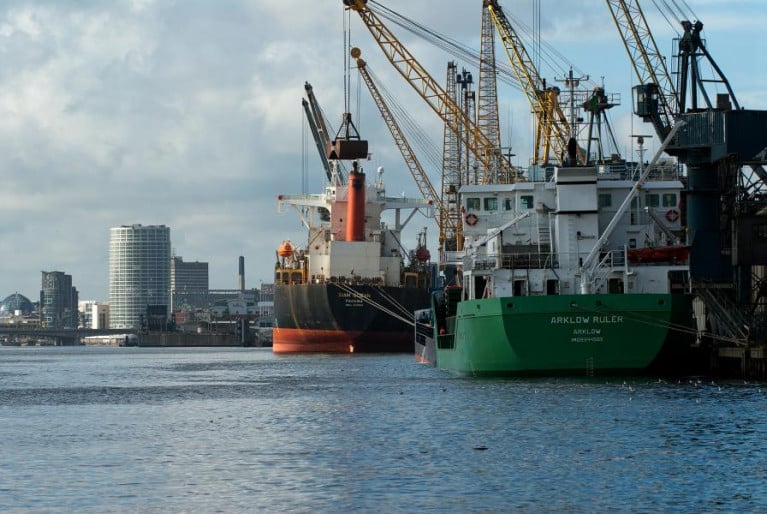Displaying items by tag: SmartGreen Port
Belfast Harbour Hosts Innovative Study With Objective to Become A Smart & Green Port
In what is been described as a ground-breaking project, Belfast Harbour has already embarked upon a strategy to digitise, decarbonise and decentralise its energy usage throughout the port's 3,000-acre harbour estate.
The new initiative will further help enhance the port's commitment to uphold the highest environmental standards through innovative technology.
In a joint collaboration between Leicestershire-based Redshift Associates and the University of Leicester, the project will develop analytic solutions to extract operational information on shipping from remote sensing data by using the marine Automatic Identification System (AIS). This will enable the company to determine pollution emissions in real-time from shipping underway or in harbour.
Founder and director of Red Associaites, Professor Alan Wells said: “Redshift Associates is bringing together new approaches to air pollution in ports and harbours through satellite remote sensing. The project will be funded by a grant from the £4.8m SPRINT (SPace Research and Innovation Network for Technology) business support programme.
Mr Wells added: “The basis of our collaboration with the University of Leicester, through the SPRINT programme, is its support in taking the visual data and applying a high level of validation and interpretation.”
In a feasibility study for the new service, the project team is working in partnership with Belfast Harbour to evaluate pollution emissions from shipping and other industrial activity to assess the overall atmospheric emissions inventory within the harbour estate. Redshift Associates will identify measures that will support an air quality action plan in line with the port’s sustainability vision.
The project is expected to contribute to the development of a space-enabled, commercial monitoring service for ports and harbours for maximising energy saving, pollution reduction, decarbonisation and transition to renewable energy options for port operations.






























































